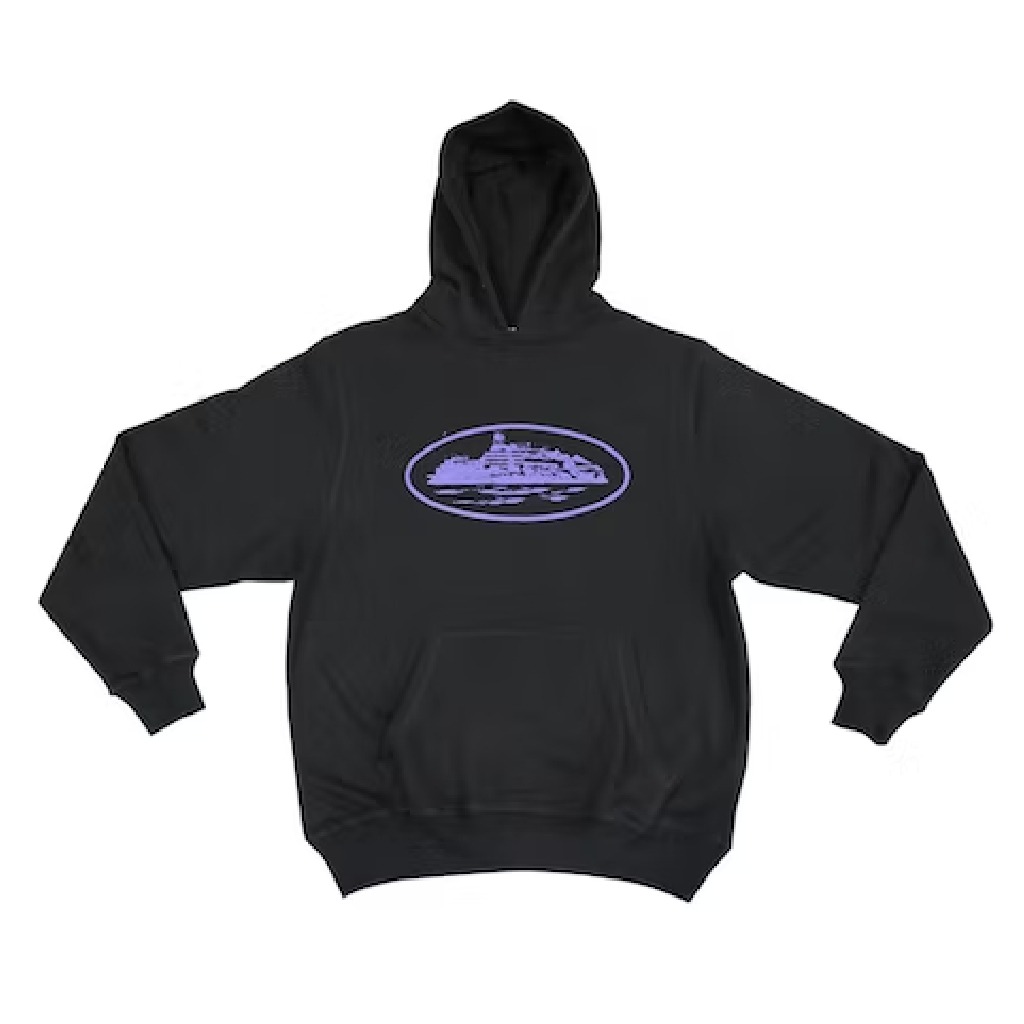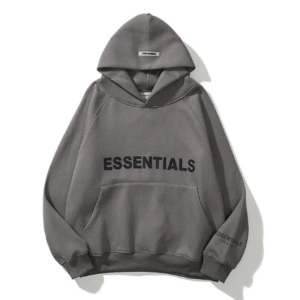In the ever-evolving world of fashion, certain garments transcend trends to become timeless staples. One such piece is the kimono—an ancient Japanese robe that has found new life in modern wardrobes. In recent years, the kimono has been reimagined and embraced by the modest fashion community, offering an elegant and versatile layer that enhances coverage without sacrificing style.
Today, long kimonos for women are more than just a fashion trend; they represent a merging of culture, modesty, and modernity. Whether paired with modest dresses for women, tailored trousers, or jeans, the kimono has proven itself to be one of the most stylish and practical modest wardrobe essentials.
The Cultural Origins of the Kimono
The word kimono translates to “thing to wear” in Japanese, and it was historically worn by both men and women in Japan for centuries. Kimonos were once everyday garments, made of luxurious silks and adorned with hand-painted designs that reflected the wearer’s status, personality, or occasion.
Over time, the kimono evolved from daily wear into a ceremonial garment in Japanese culture. But its flowing silhouette and graceful drape made it a natural candidate for reinterpretation in global fashion—and particularly in modest fashion, where coverage and elegance go hand in hand.
From Tradition to Trend: The Kimono Goes Global
As the fashion world grew more globalized, designers began incorporating traditional silhouettes from various cultures into modern styles. The kimono, with its structured yet fluid form, quickly caught the eye of trendsetters, stylists, and modest dressers alike.
Contemporary fashion brands started creating long kimonos for women in a variety of fabrics, from chiffon and cotton to linen and silk blends. These modern adaptations maintain the signature open front and long sleeves, but offer lighter weights, varied patterns, and greater styling versatility—making them ideal for everyday modest wear.
Why the Kimono Works for Modest Fashion
Modest fashion is about more than just coverage—it’s about expressing your personal values and style while feeling comfortable and confident. The kimono aligns perfectly with this philosophy.
Here’s why it’s become a staple:
- Effortless Layering: Kimonos can be thrown over any outfit to instantly add modesty without bulk.
- Flexible Styling: From casual to formal, kimonos adapt to almost every occasion.
- Breathable Fabrics: Many are made from lightweight materials, ideal for year-round wear.
- Cultural Sophistication: Wearing a kimono shows an appreciation for global fashion traditions, adding depth to your outfit.
Whether you’re dressing up a plain tunic or styling it with modest dresses for women, a long kimono adds elegance, movement, and refinement.
Styling Long Kimonos for Everyday Modesty
The beauty of long kimonos for women lies in their adaptability. They can be styled in countless ways to suit various looks and lifestyles. Here are a few ideas to inspire your wardrobe:
Over a Maxi Dress
Pair a floral or embroidered kimono with a solid-colored maxi or midi-length modest dress for women. Add a slim belt over both pieces to define the waist and create a flattering silhouette.
With Tailored Trousers and a Blouse
A structured kimono can elevate an office outfit instantly. Choose a neutral-tone kimono over wide-leg pants and a high-neck blouse for a polished, professional look.
Weekend Casual
Layer a lightweight kimono over jeans and a long-sleeved tee. This gives you easy coverage while keeping your outfit breathable and relaxed—perfect for brunches or errands.
Beach or Resort Wear
Yes, kimonos work at the beach too! A sheer, flowy version doubles as a cover-up that provides coverage with style.
Kimonos and Modest Dresses: A Perfect Pairing
One of the most timeless pairings in modest fashion is the kimono and the dress. Together, they balance form and function. The modest dress for women provides the base—typically simple and elegant—while the kimono adds layers of color, texture, and dimension.
This combination is especially popular during transitional seasons, such as spring and autumn, when weather can vary throughout the day. A kimono acts as the perfect outer layer, easy to remove or style throughout your day.
Seasonal Choices: Which Kimono to Wear and When
Because they come in so many fabric options, you can build a collection of long kimonos for women suited for every season.
- Spring/Summer: Look for chiffon, cotton, or lightweight linen with floral or pastel prints.
- Autumn: Choose thicker weaves like jacquard or knit kimonos in earthy tones like olive, rust, or camel.
- Winter: Layer with wool-blend or velvet kimonos over long-sleeved knit dresses or turtlenecks.
This seasonal approach keeps your wardrobe fresh while staying modest and comfortable year-round.
The Kimono as a Symbol of Modest Empowerment
Beyond its beauty and functionality, the kimono represents more: a fusion of tradition and modern identity. For many modest dressers, it offers a way to engage with fashion without compromising their principles. It’s not about hiding—it’s about honoring your body and beliefs in a graceful, authentic way.
As more women seek fashion that reflects their identity—be it religious, cultural, or personal—the kimono has emerged as a powerful piece in the modest wardrobe. It is modesty made modern, style made intentional.
Conclusion:
The resurgence of the kimono in modest fashion isn’t a fleeting trend—it’s a meaningful shift. As the global modest fashion movement grows, the demand for elegant, versatile garments continues to rise—and the kimono meets that demand perfectly.
By pairing it with modest dresses for women, jeans, or tailored sets, the long kimono for women becomes more than an accessory—it becomes a statement of grace, culture, and confident modesty.
So whether you’re new to modest fashion or looking to elevate your current wardrobe, the kimono deserves a front-row spot in your closet. It’s tradition reimagined, and modesty redefined.





